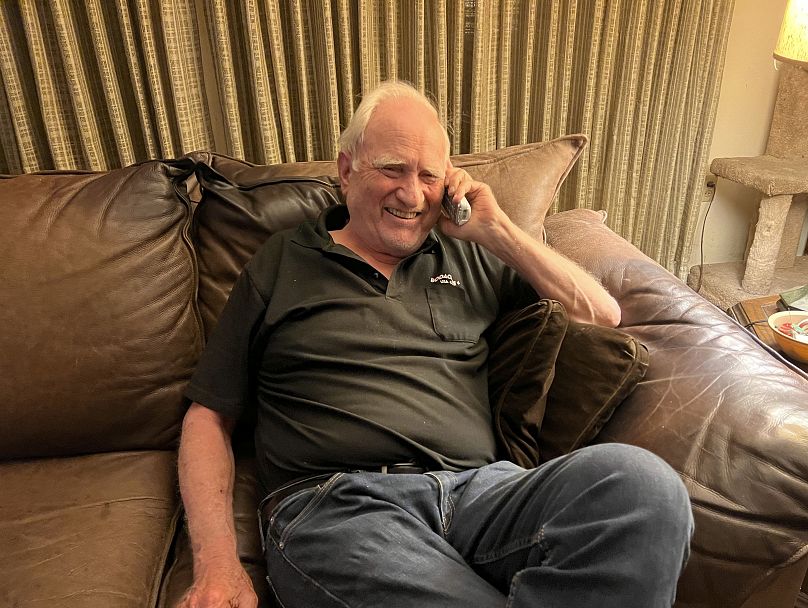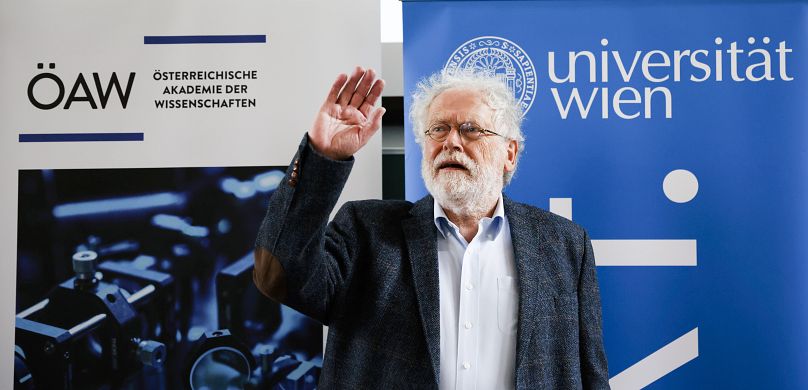Frenchman Alain Aspect, American John F. Clauser and Austrian Anton Zeilinger built on the theory of quantum entanglement made by Stewart John Bell's work of the 1960s.
The Nobel Prize in Physics was awarded to three physicists this year: Frenchman Alain Aspect, American John F. Clauser and Austrian Anton Zeilinger.
The laureates received this prize “for experiments with entangled photons, establishing the violation of Bell inequalities and pioneering quantum information science.”
Origins
It all goes back to a feature of the universe that even baffled Albert Einstein and connects matter and light in a tangled, chaotic way.
Clauser, 79, was awarded his prize for a 1972 experiment that helped settle a famous debate about quantum mechanics between Einstein and famed physicist Niels Bohr. Einstein described “a spooky action at a distance” that he thought would eventually be disproved.
Speaking to the Associated Press, Clauser said “I was betting on Einstein [...] But unfortunately, I was wrong and Einstein was wrong and Bohr was right.”
Their respective discovery builds on the work of John Stewart Bell’s work from the 1960s, who strove to find out whether two particles that flew too far apart; are able to still communicate between one another and function.
Application
Working on their own individual projects, the physicists conducted experiments that helped clarify a fundamental claim about quantum entanglement, which concerns the behaviour of tiny particles, like electrons, that interacted in the past and then moved apart.
While physicists often tackle problems that appear at first glance to be far removed from everyday concerns – ie tiny particles and the vast mysteries of space and time – their research provides the foundations for many practical applications of science.
Aspect, 75, was able to close a loophole in Bell’s theories, while Zeilinger demonstrated a phenomenon called quantum teleportation that effectively allows information to be transmitted over distances.
Since beginning their work, the laureates’ experiments have been used to develop the fields of quantum computers, quantum networks and secure quantum encrypted communication.
The men will split the 10 million Swedish kroner prize money – or roughly €924,000.













